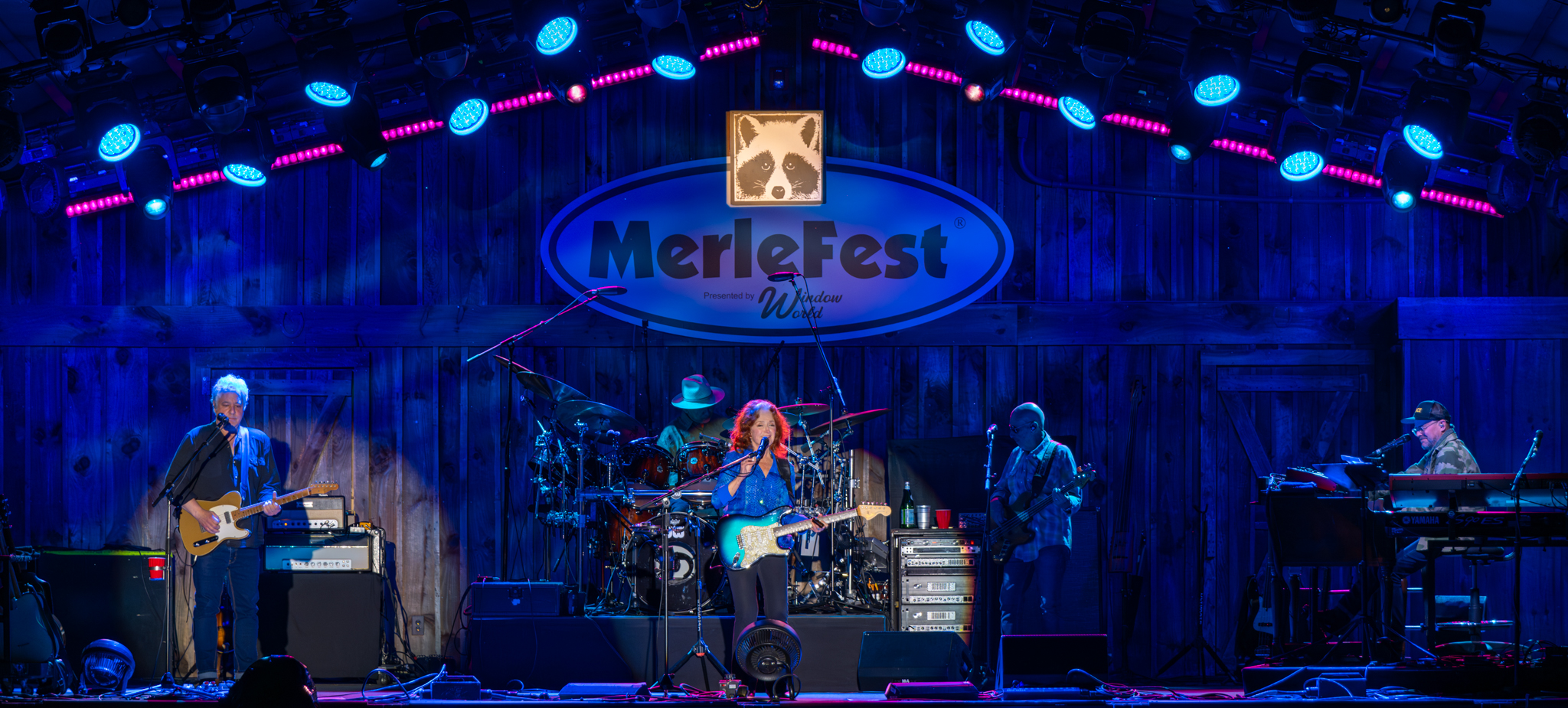NEW YORK – Sapsis Rigging has provided fall arrest systems for the Philip Chosky Theater at Carnegie Mellon University in Pittsburgh, and the John C. Borden Auditorium at the Manhattan School of Music in New York. “The more that students understand the real risks involved and the best ways to protect themselves, the better technicians they will be in professional situations,” said Bill Sapsis, president of Sapsis Rigging Inc.
More details from Sapsis Rigging (http://www.sapsis-rigging.com):
NEW YORK – With the goal of protecting students and staff members working in potentially hazardous locations, Sapsis Rigging, Inc., has provided fall arrest systems for the Philip Chosky Theater at Carnegie Mellon University in Pittsburgh, and the John C. Borden Auditorium at the Manhattan School of Music in New York.
The system in the Chosky Theater protects technicians using the loading bridge to operate the counterweight rigging system. While use of the loading bridge is the safest way to load steel counterweights onto weight arbors, there is a potential hazard: a technician could fall from the bridge into the counterweight system.
Sapsis provided a series of permanently installed horizontal lifelines, as well as mini self-retracting lifelines to connect technicians to the horizontal lifeline.
“This design eliminates the chance that someone could fall into the space between the loading bridge and rigging,” said Bill Sapsis, president of Sapsis Rigging, Inc.
At the Manhattan School of Music, technicians use the organ loft in the ceiling at back of the auditorium as a lighting position. Sapsis installed horizontal lifelines and site-specific lanyards to significantly limit the potential fall distance.
“To ensure that a rescue will be as quick and easy as possible, we’re making sure that a technician can’t fall below the ceiling line,” Sapsis added.
The fall arrest systems offer an added benefit to students and faculty: the opportunity to teach students the right way to prevent falls, using the correct equipment, said Sapsis. “The more that students understand the real risks involved and the best ways to protect themselves, the better technicians they will be in professional situations.”



